Launched by Matt Jansen and Dr. Domenic Iacovone -- two highly-respected businessmen in the health and fitness industry -- Revive MD has blown the doors down on the sports nutrition industry with health-based formulations that go well beyond what anyone has done anywhere in the industry.

Supplements formulated to optimize your health! See them all on our Revive MD page on PricePlow.
While some brands were attempting to fit formulas into as few capsules as possible, Revive MD did something completely different: target specific health issues and organ systems, and dose the ingredients as high as needed. Even if it takes twelve capsules per day to make that happen.
That's the story with Revive MD Kidney, a monstrously-dosed renal support supplement that is meant to be taken three times daily -- with four capsules each time!
Revive MD Kidney: The Comeback Kid Supplement
When we first started covering Revive MD's supplements, we wrote an article about their sponsored athlete, Chris Bumstead, the current Classic Physique Mr. Olympia. It was titled "The Comeback Kid", since it detailed Chris' health and fitness journey that included some setbacks prior to his rightful claim to the throne (which he then defended this year in 2021).
One of the main supplements that brought Chris into the Revive MD family was Kidney. The journey went from sponsorship to partnership, as Chris is now a partner at Raw Nutrition, Revive MD's sibling brand.
Get ready to meet the "gut-kidney axis"
This is the kind of formula that makes that much of a difference, and we're proud to announce that Kidney is back in stock. It's all covered below, and this article comes with some new research that's worth understanding -- including discussion of the "gut-kidney axis".
To show you how serious Revive MD is, they included one ingredient with 4 grams, and another with 3 grams - so you know you're going to get some ridiculously efficacious dosing. We even posit that it'll greatly improve workouts.
Let's dig in, but first show the PricePlow-powered prices and get to our explainer video when it's live:
Revive MD Kidney – Deals and Price Drop Alerts
Get Price Alerts
No spam, no scams.
Disclosure: PricePlow relies on pricing from stores with which we have a business relationship. We work hard to keep pricing current, but you may find a better offer.
Posts are sponsored in part by the retailers and/or brands listed on this page.
This area is reserved for Team PricePlow's upcoming Ingredients video.
Subscribe to our channel and sign up for notifications so you catch it when it goes live!
Revive MD Kidney Ingredients
In twelve capsules taken daily (spaced out in three dosings throughout the day), you'll get the following incredibly-dosed Kidney formula:
-
Organic Astragalus Powder (root) - 4g
Hailing from eastern Asia, astragalus (traditionally known as Huang Qi) has been used in plant-based medicine for thousands of years. It's often used to improve immunity, reduce stress and inflammation, boost vitality, and target numerous conditions.[1] It's been covered countless times on this blog, since one of the industry's most popular ingredients -- AstraGin (which is also here and will be covered later) -- is based upon the herb.
Kidney disease is one of the conditions alluded to above - astragalus has been widely used in the treatment of chronic kidney disease (CKD) in Traditional Chinese Medicine.[2,3] Two large cohort studies have shown that herbal medicines can significantly relieve proteinuria, improve renal function, and reduce CKD-based mortality.[2,3]
Broad data on astragalus for kidney disease
One study stated that "The long-term survival rate demonstrated significant benefits for CHM [Chinese Herbal Medicine] users within a 12-year follow-up period".[3] Digging deeper, a meta-analysis of 22 astragalus-based studies combining 1323 participants (241 that were on dialysis) was initiated, finding that astragalus significantly decreases proteinuria, increases haemoglobin, increases serum albumin, and decreases systolic blood pressure.[4]
This is a great start, but there isn't a huge deal of well-performed human research studying oral astragalus use alone to combat renal disease. So we look at the mechanisms and animal data:
Astragalus mechanisms for renal protection and recovery
A primary bioactive constituent of astragalus is astragaloside IV, which has been shown to decrease proteinuria excretion,[5] with multiple mechanisms of actions demonstrated by different research teams.[6,7] Two mechanisms are that it is restorative in critical renal-dependent pathways[6] and that it inhibits stress in the endoplasmic reticulum,[7] the cellular transport system used to fold and process new proteins that plays a role in numerous inflammatory diseases, including CKD.
Animal models have also shown that astragalus can fight early renal fibrosis by reducing renal tubule swelling,. improving early renal injury through the PI3K/Akt and CAMKK/AMPK pathways.[8] It can attenuate abnormal proliferation and inhibit fibrosis as well, utilizing other pathways.[9,10]
Even more interesting, animal models have shown that astragalus can decrease renal damage by boosting the amount of intestinal probiotics made![11] This leads us to the latest area of research:
The gut-kidney axis?! Believe it!
The research demonstrating improved probiotic status is part of an ongoing series of research that has begun to confirm a "gut-kidney axis", which was first proposed in 2011 to explain how intestinal health affects kidney health by regulating and generating certain metabolites.[12] Ensuing research showed that lower amount of probiotics in the gut contribute to worsening kidney conditions.[13] Worse, excessive metabolic waste can re-enter the intestinal cavity, leading to a nasty negative feedback loop.[14]
To combat this, researchers have recently found that astragalus can attenuate these problems -- at least in mice![15] It helped their digestive systems generate gut-healthy compounds like butyric acid and probiotics like Akkermansia and Lactobacillus.
This is a rapidly-growing area of research, and we hope to one day have human data to confirm it. But thanks to our knowledge of AstraGin, which improves gut health, this begins to make sense.
Regardless, if you're suffering from kidney issues, now may be a good time to look at your diet, remove anything that is even potentially disrupting the gut, and consider adding in Revive MD's GI+ alongside Revive MD Glutamine, which makes the Revive MD Gut Health Stack.
We probably didn't need to mention it given the number of capsules to take each day, but this is an incredible dose - well over 4x what we normally see! Revive MD goes in big on astragalus, and you might feel generally great from trying this even if your kidneys are fine.
-
Organic Beet Root Extract (Beta vulgaris) - 3g
Beet root extract is popular for its nitrate content, alongside several other flavonoids, polyphenols, and saponins.[16] Generally, it's used for those nitrates, which increase nitric oxide production through the nitrate-nitrite-nitric oxide pathway, increasing vasodilation and lowering blood pressure.[17] These are great effects, given how high blood pressure goes hand in hand with renal disease,[18] but we of course need more data:
A pilot study published in Nitric Oxide in 2017 showed that 300 milligrams of nitrate from beetroot significantly improved both systolic and diastolic blood pressure and mean arterial pressure in 17 subjects with chronic kidney disease.[19] Even more importantly, it significantly reduced RRI, the renal resistive index.
Chris Bumstead is now a partner at Raw Nutrition! Learn what's coming back with PricePlow Podcast Episode #052.
Animal models show that there is more than just nitrate in action, though: beetroot can also reduce nephrotoxicity by reducing numerous cytokines, lowering oxidative stress, inflammation, and kidney apoptosis.[20,21]
Betanin: A member of the betalains class that adds extra benefits
A major component of beet root that we don't normally talk about when discussing its inclusion in nitric oxide supplements is betanin, a potent antioxidant component that's a member of the betalains class.[16,22,23] It turns out betanin attenuates oxidative stress and lowers inflammation in rats with kidney disease.[24] This is in addition to the renal benefits from nitric oxide production.[25]
All in all, another fantastic dose - and if you're training hard like a good Revive MD athlete is, you'll likely enjoy the improved pumps and blood flow from this much beet root as well. The nitrate lasts a long time in the system, and you don't even need to take it immediately pre-workout. Just continue to space out your Revive MD Kidney three times a day, and you'll likely have plenty of nitric oxide flowing - as well as the other incredible compounds (and more) discussed above.
-
Grape Seed Extract (Vitis Vinifera) - 1g
Similar to beet root extract, grape seed extract (GSE) is another ingredient we've seen included in pre-workout supplements, since it too can reduce blood pressure and increase blood flow, as evidenced by a large meta-analysis.[26]
Grape seed extract works a little bit differently however - it boosts eNOS, or endothelial nitric oxide synthase - working within the vascular system to boost nitric oxide. Specifically, it does this through protein kinase B (Akt) phosphorylation,[27] another mechanism that differs from the ones above, providing a multi-pathway approach to better blood flow in Revive MD Kidney. It also has potent antioxidant and anti-inflammatory properties that are likely involved.[28,29]
Not only is grape seed extract extremely effective for increasing nitric oxide, it's also beneficial for combatting reactive oxygen species (ROS).
Human studies using large doses (2 grams per day for six months) showed that GSE improved glomerular filtration rate (GFR) and proteinuria, while boosting antioxidant status in patients with chronic kidney disease.[30]
Additionally, animal models have shown that the proanthocyanidins in GSE can improve numerous renal biomarkers in rats with renal injury and kidney damage.[31] This has been shown alongside improved metabolic markers in rats as well, with researchers owing it to the antioxidative activity and anti-inflammatory effects on top of the blood flow improvements.[32]
Finally, grape seed extract has been shown to increase urine osmolality after just two weeks in rats, reducing kidney function disturbances.[33] There is a lot to be understood, but it seems to positively affect numerous biological processes.
Once again, we have a massive dose here, likely due to the human data cited above,[30] which is certainly costly to replicate. We're happy to see 300 milligrams in pre-workout supplements that include GSE. Revive MD gives us over 3x that amount. Again, you're going to have great workouts while utilizing this supplement. And we're not done yet:
-
Pine Bark (Pinus Pinaster)(bark) - 150mg
Pine Bark extract is the third of three natural ingredients we love seeing for its ability to boost nitric oxide levels in an effort to lower blood pressure and increase blood flow.[34-36]
Similarly to grape seed extract, it has a powerful antioxidant profile, thanks to its proanthocyanidins, phenolic acids, and polyphenolic monomers.[37] And similarly again, pine bark can stimulate endothelial nitric oxide synthase in an effort to generate more nitric oxide.[38]
Pine bark extracts have been demonstrated to to improve numerous benefits in hypertensive subjects with metabolic syndrome, including significantly improved kidney function on top of better blood pressure, lower C-reactive protein, and even lower BMI and fasting blood glucose levels![39] Other studies have shown similar effects, including increased flow velocity.[40]
On an even lower level, pine bark extracts have been shown to reduce DNA damage in renal tissue cells.[41]
Relief from ibuprofen-induced damage!
An interesting human study was published where researchers combined both pine bark and grape seed extract (labeled as MOF or monomeric and oligomeric flavanols) to see if it could alleviate some of the damage done by 400 milligrams of ibuprofen in athletes. The two ingredients showed great benefits, including lowered inflammatory markers in the urine.[42] The researchers concluded that the combination of grape seed and pine bark "appears to safely preserve kidney function, reduce inflammation and promote antioxidant defense during strenuous exercise and intake of a single dose of ibuprofen".[42]
This is helpful because many athletes are taking ibuprofen to assist with their joint pain, but that can lead to damage elsewhere in the body.
-
AstraGin (Astragalus & Panax Notoginseng Extract) - 50mg
We've already covered astragalus in depth above, but AstraGin brings a bit more, in a different fashion. This is a bioavailability booster from NuLiv Science that includes Panax Notoginseng on top of Astragalus membranaceus, yielding both astragalosides and ginsenosides.[43]
What are the differences in these NuLiv Science ingredients that use similar plants? We dive into the Astragalosides and Ginsenosides inside, and break down the different constituents of four of NuLiv Science's major sports nutrition ingredients
We touched upon the gut-kidney axis above, and weren't surprised to happen on astragalus' promise in this line of research because we had already seen data showing that astragalus can improve intestinal permeability, allowing more nutrients into the digestive tract.[44] We now know that there may be more to it than that, such as improved internal probiotic creation.
NuLivScience has provided research that AstraGin can increase the absorption of several different popular ingredients and vitamins.[45] Although there's no specific research on those listed above, it does seem to perform very well with different nitric oxide boosting compounds, which we do have in Revive MD Kidney.
You can learn far more about the constituents in our article titled Astragalosides and Ginsenosides: Differentiating NuLiv Science's Ingredients.
-
Bioperine (Black Pepper Fruit Extract) - 10mg
In addition to AstraGin, we have black pepper extract in the trademarked form of Bioperine. This is another bioavailability enhancer whose piperine helps boost GLUT4 expression,[46] helping to shuttle nutrients. Additionally, it inhibits P-glycoprotein and CYP3A4,[47] which are two enzymes that break down certain nutrients and drugs. By slowing those down, we can often get longer effects from our active ingredients.
Dosage
As discussed above, this is a massive supplement, with twelve total capsules per day. This is no problem for those who are really looking for profound effects, and the strategy is to take four capsules three times daily.
Consider the dietary causes
It bears mentioning that many of the ingredients here operate by increasing bloodflow and reducing blood pressure. As discussed above, hypertension is highly correlated with renal disease.[18] So alongside therapy, consider dietary approaches that reduce blood pressure naturally, such as doctor-assisted carbohydrate-restricted diets, which have been shown to not only improve hypertension and glycemia but also renal function.[48-50]
Conclusion: Revive MD Kidney Goes Where Others Won't
Before Revive MD came to the sports supplement scene, very few supplement companies had the guts to make a twelve capsule supplement. However, that's what it takes to get serious doses of ingredients that combat serious conditions, and Dr. Domenic Iacovone and Matt Jansen both knew that this was what their athletes needed.
One of those athletes was Chris Bumstead, whose Comeback Kid story led to multiple world championships and his eventual joining of the team as a partner at Raw Nutrition. It all started with this seemingly niche supplement - and now an entire world of possibilities has been opened up for the team.
Revive MD shows us what's possible when you dare to dream big - and sometimes by big, we mean twelve capsules in a day. Each one of them well worth it for those this supplement was made for.
Revive MD Kidney – Deals and Price Drop Alerts
Get Price Alerts
No spam, no scams.
Disclosure: PricePlow relies on pricing from stores with which we have a business relationship. We work hard to keep pricing current, but you may find a better offer.
Posts are sponsored in part by the retailers and/or brands listed on this page.
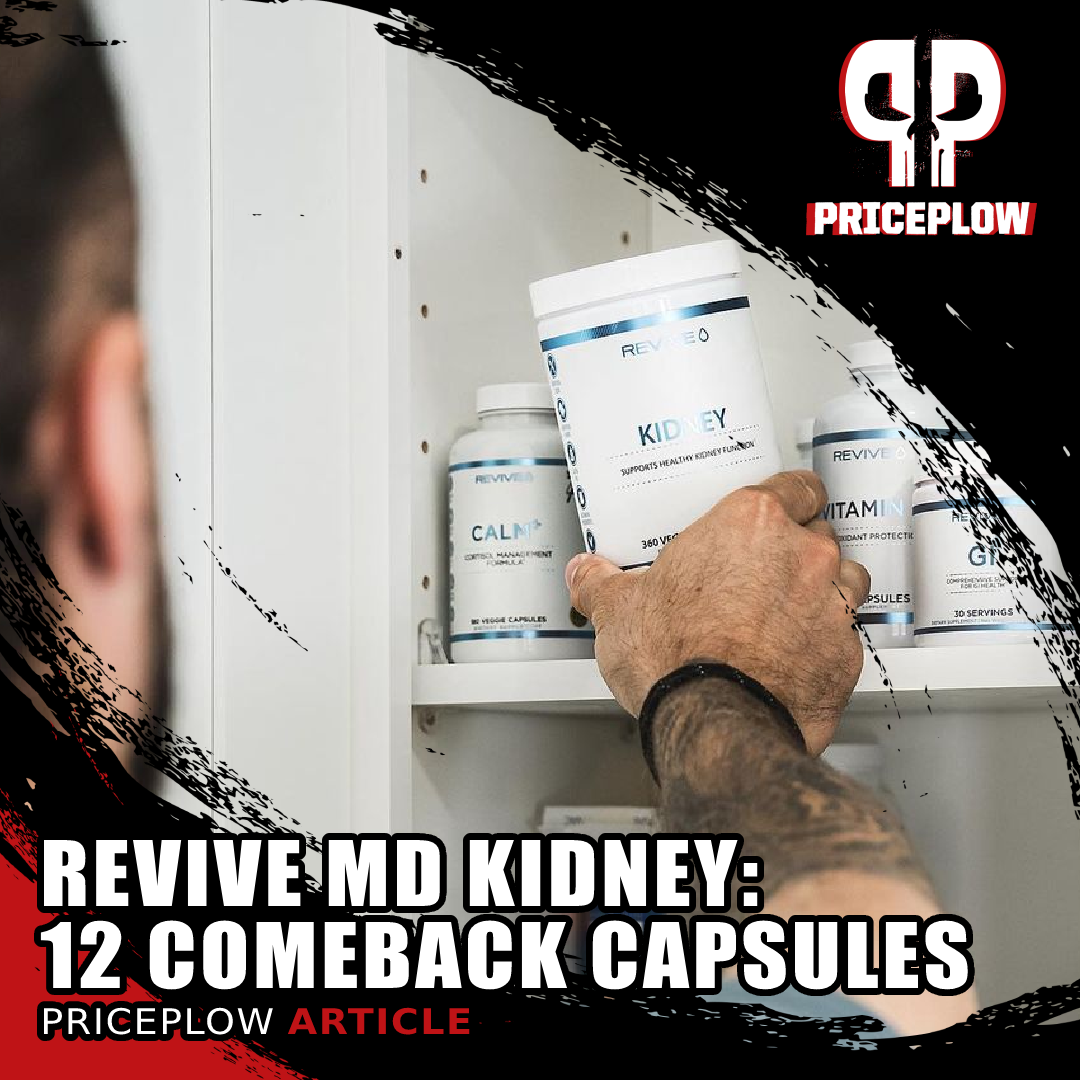
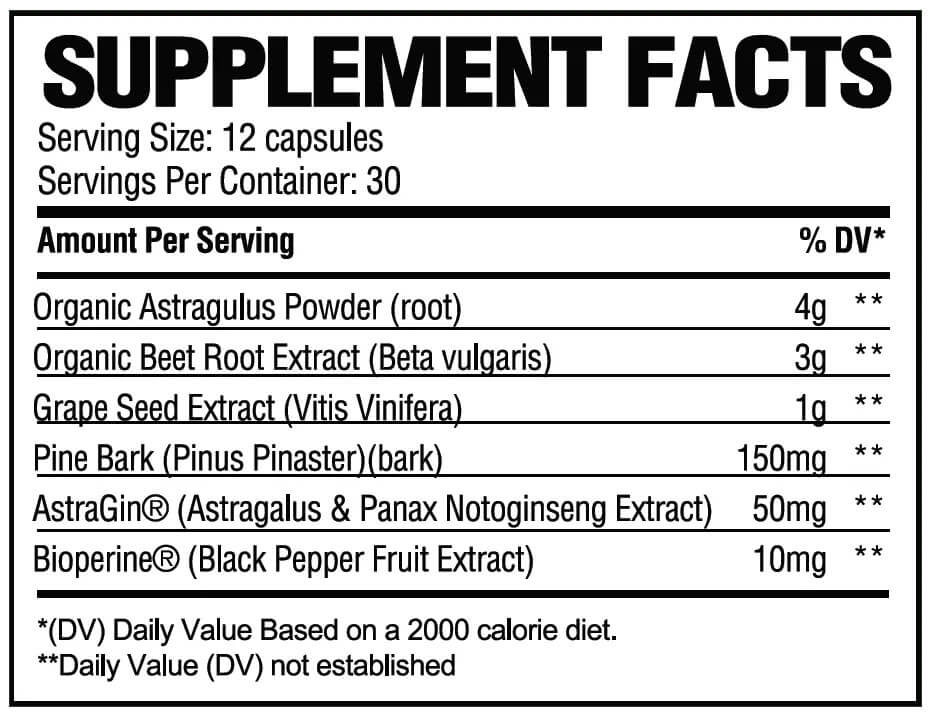
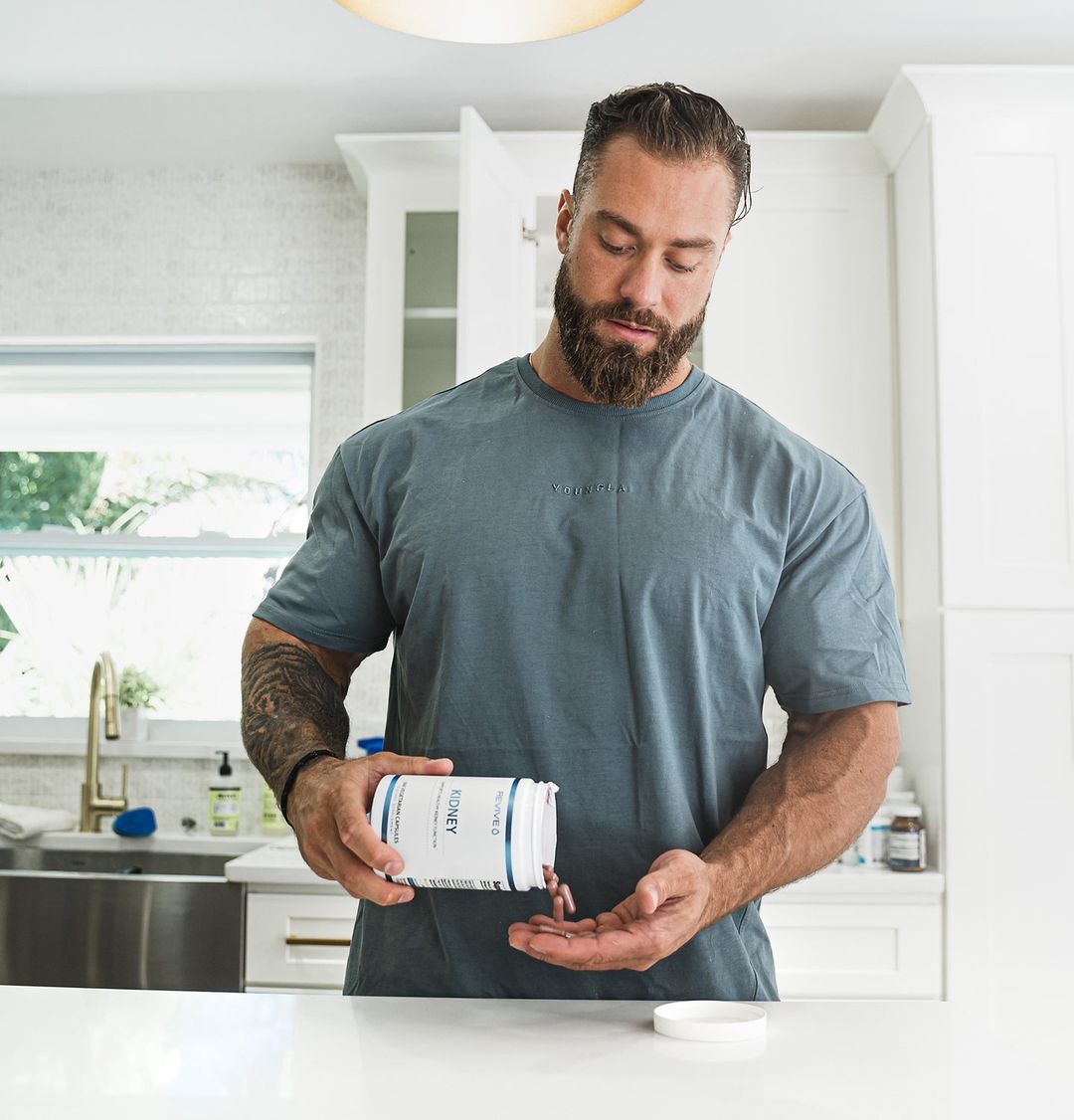

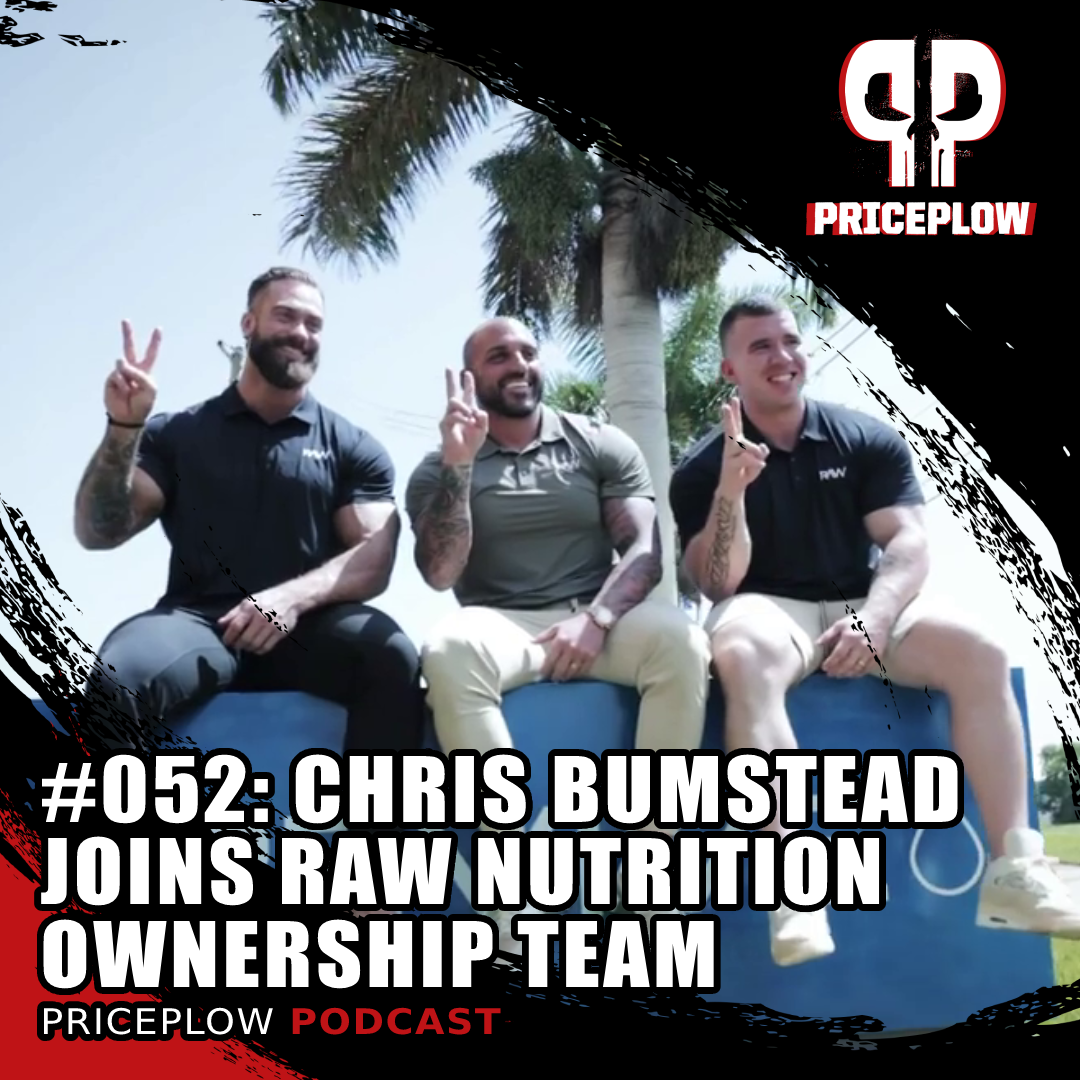
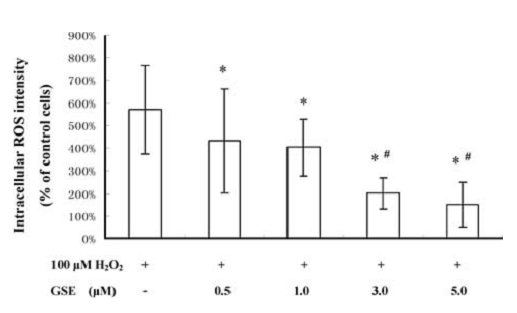
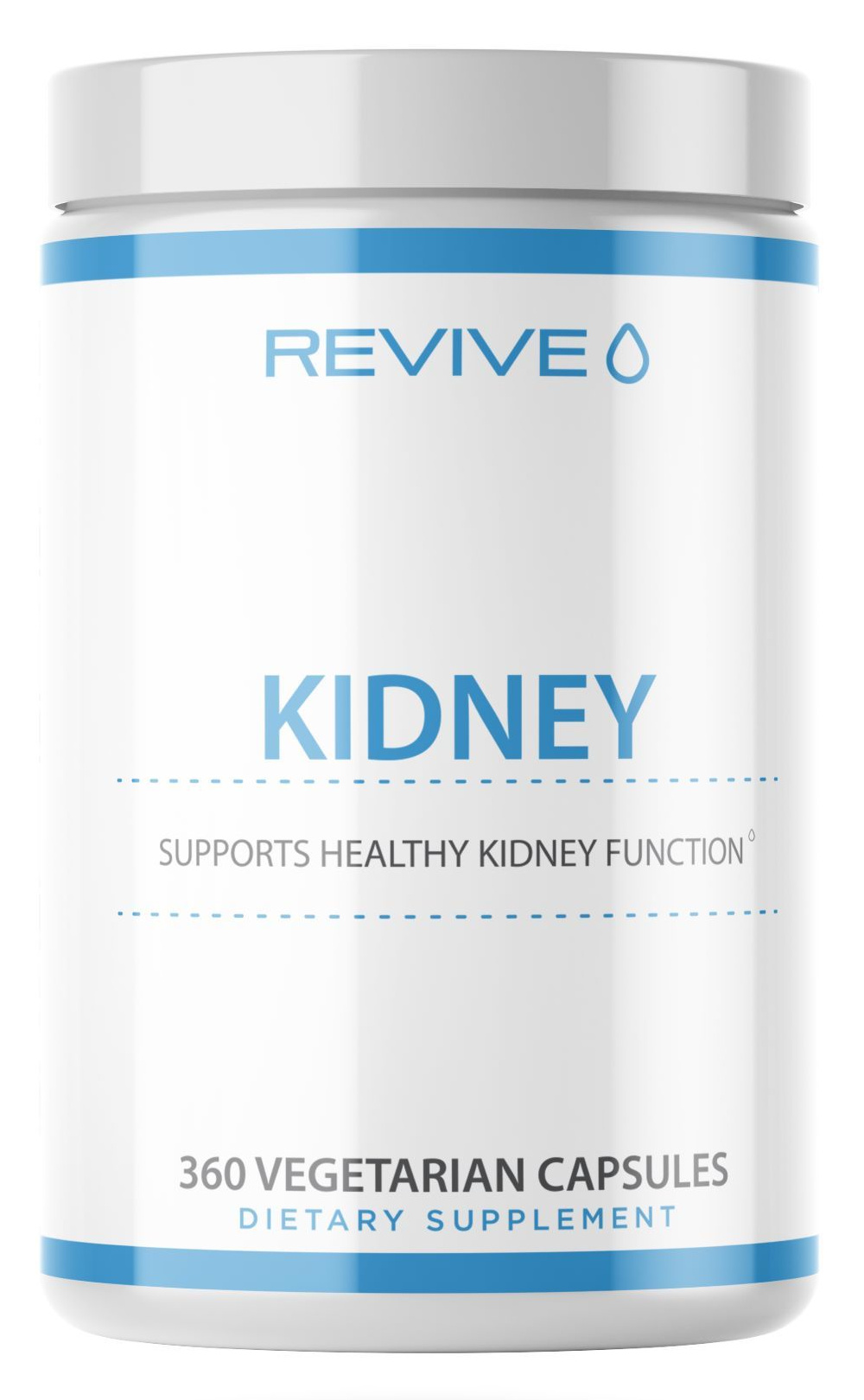
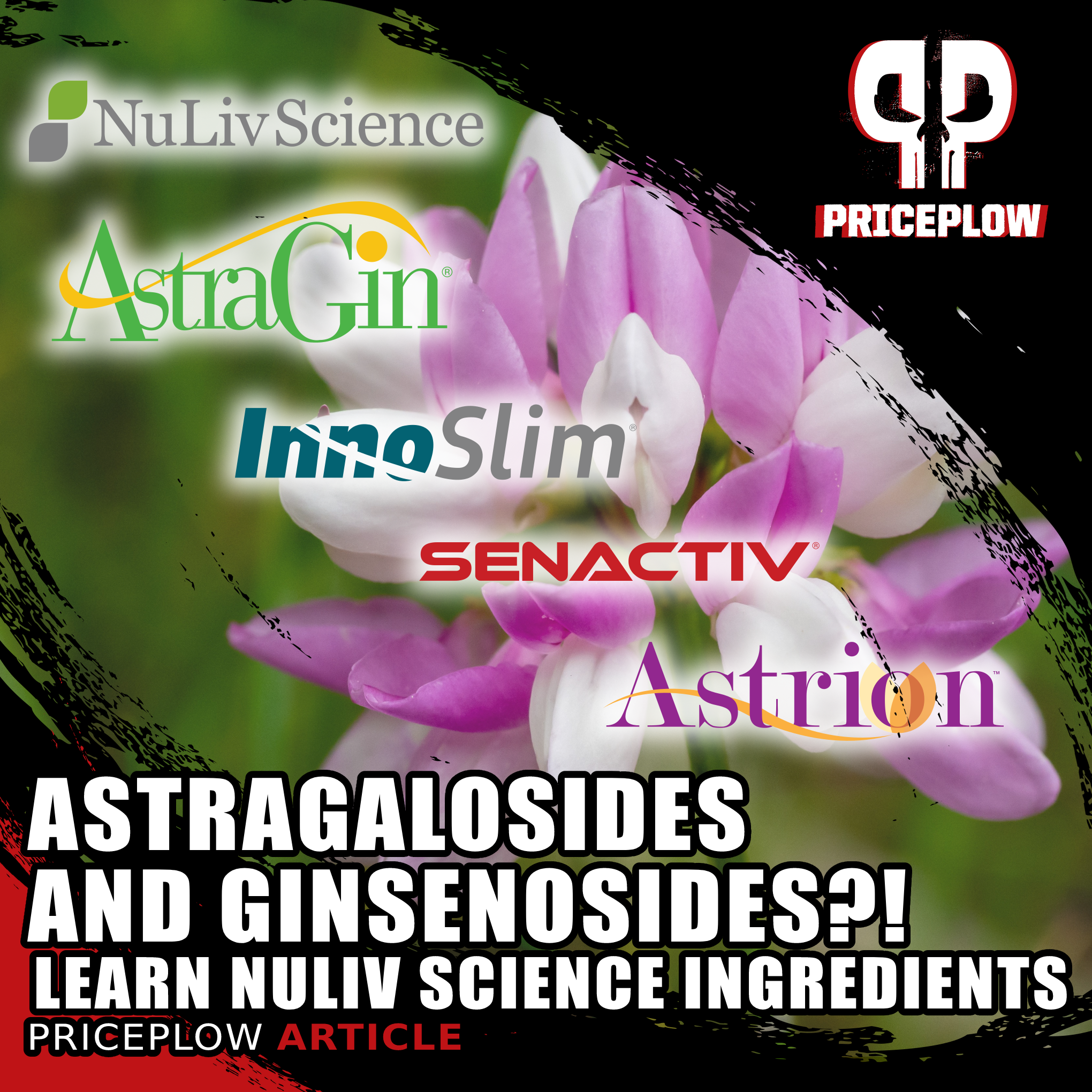
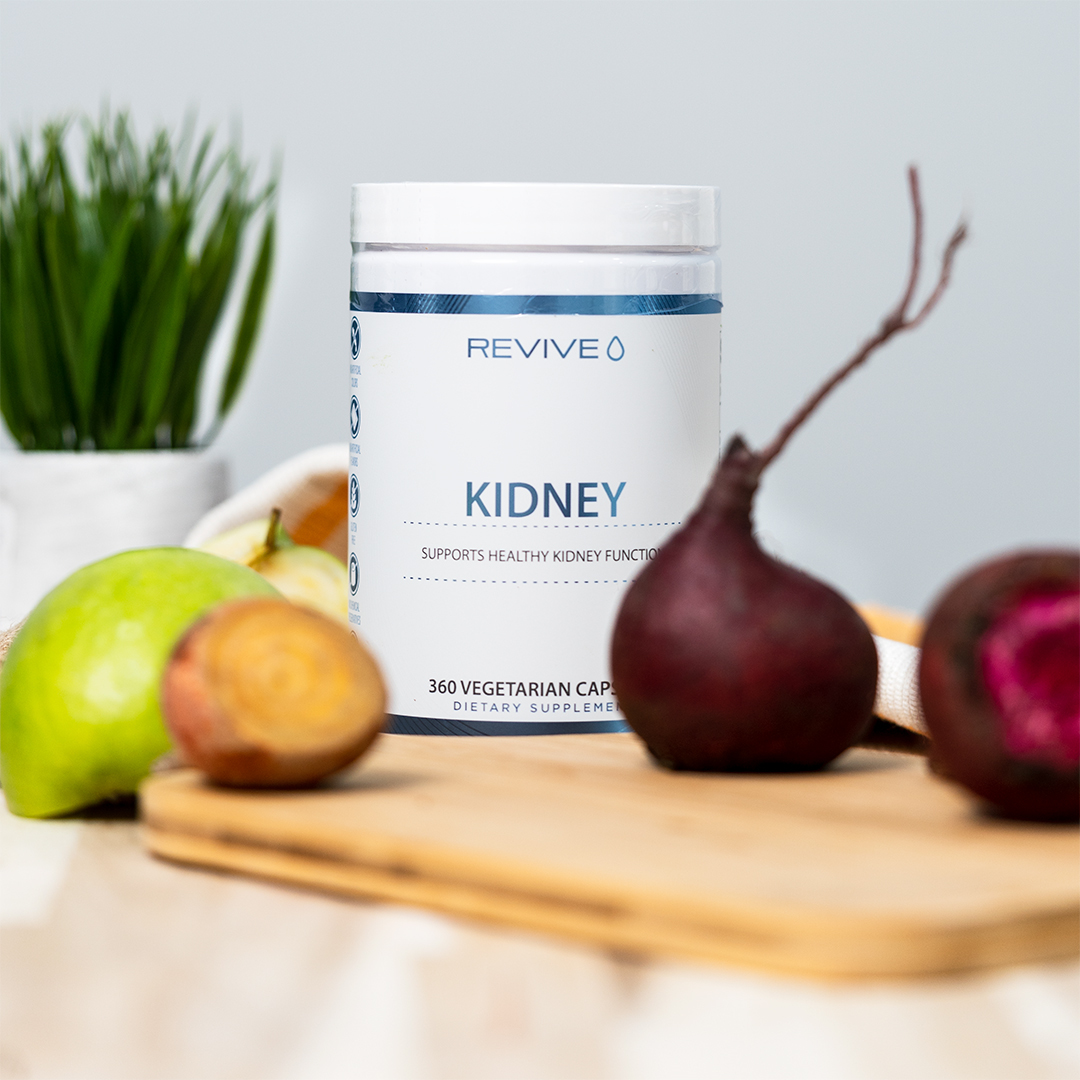


Comments and Discussion (Powered by the PricePlow Forum)